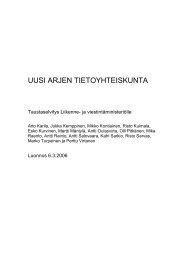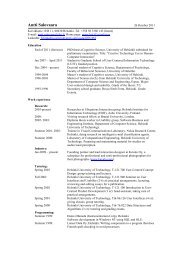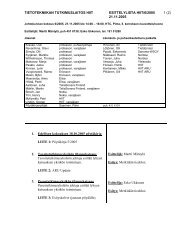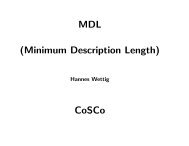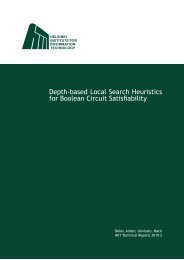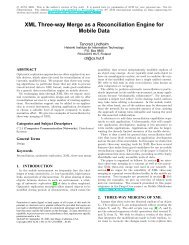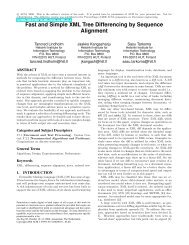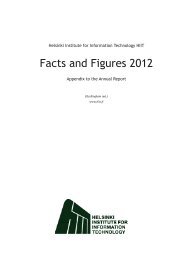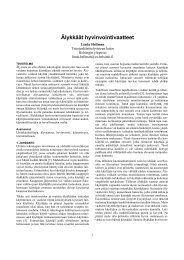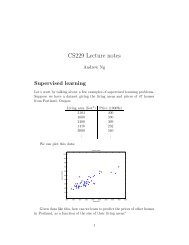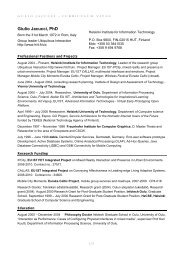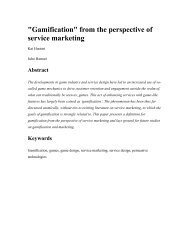Comparison of EndâUser Electric Power Meters for Accuracy
Comparison of EndâUser Electric Power Meters for Accuracy
Comparison of EndâUser Electric Power Meters for Accuracy
You also want an ePaper? Increase the reach of your titles
YUMPU automatically turns print PDFs into web optimized ePapers that Google loves.
tens if not hundreds <strong>of</strong> customers be<strong>for</strong>e the test, implying a strong record <strong>for</strong><br />
robustness. Even though we measured only a single device from each brand, some<br />
hints <strong>of</strong> this manufacturing tolerance can be seen in the slightly different accuracy<br />
ratings <strong>for</strong> devices that look identical and probably also host the same electronic<br />
design (although this was not ascertained).<br />
Our present results show that the technical quality <strong>of</strong> inexpensive power meters is<br />
variable. If a consumer makes an unin<strong>for</strong>med guess in buying a meter, the<br />
acquired meter may provide readings with an average error <strong>of</strong> almost 20% and<br />
even in critical use cases, such as measuring long‐term consumption. Of course,<br />
even this poor resolution maybe adequate <strong>for</strong> some purposes, but generally it<br />
unconceivable that someone would like to pay <strong>for</strong> 20% extra on their electricity bill<br />
by mistake. However, with the help <strong>of</strong> the present results, a consumer can find an<br />
af<strong>for</strong>dable device that provides surprisingly accurate data. Two <strong>of</strong> the tested<br />
meters with a street price less than 15 euro per<strong>for</strong>med with less than 5% error<br />
under various conditions. On the other hand, a step away from the inexpensive<br />
consumer products category to 50‐250 euro adds only little to meters’ accuracy but<br />
does increase their usefulness and flexibility.<br />
Beyond the accuracy, the tested products have a few potential usability issues. The<br />
biggest concern <strong>for</strong> their practicality comes from their built‐in displays. Some<br />
models include LCD displays that are readable only from a very constrained<br />
angle. This severely limits their usefulness in places where the space is scarce;<br />
close to the floor, ceiling, walls, or where ever power outlets are commonly located<br />
in. Although extensions cords may help to circumvent this problem, the viewing<br />
angles are a major problem. In the more expensive Plogg and Christ‐Elektronik<br />
this is not an issue by because the display unit is not fixed to the body <strong>of</strong> meter.<br />
Another issue encountered in two <strong>of</strong> the meters was the internal battery. The disand<br />
re‐charging <strong>of</strong> the battery slows down the operation, which is annoying <strong>for</strong><br />
the operation and maybe fatal in a longer term.<br />
Looking to the future <strong>of</strong> power meters, it is hardly necessary to make the meters<br />
any more accurate (on average). However, the data extraction and interpretation<br />
will need more attention. Future smart home systems, such as those envisioned by<br />
the BeAware project (see acknowledgements), should produce the power<br />
measurements in a new kind <strong>of</strong> way that simplifies the measurements and<br />
facilitates making the right inferences from the readings (Liikkanen, 2009).<br />
Usability will be a major concern as new features, such as social networking and<br />
mobile access become introduced.<br />
13



